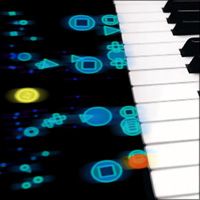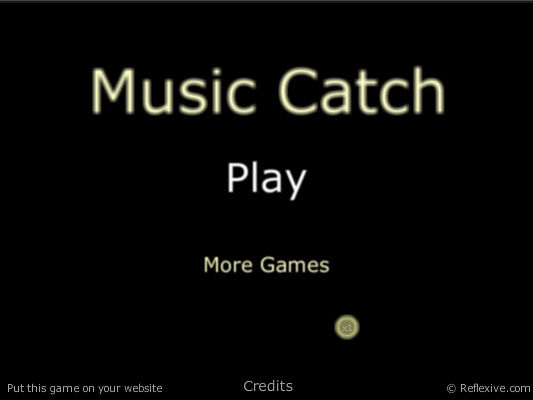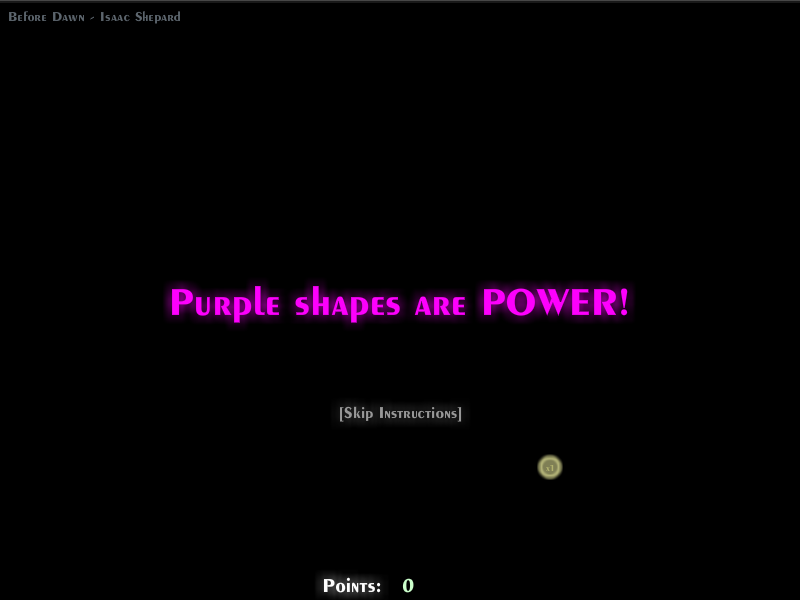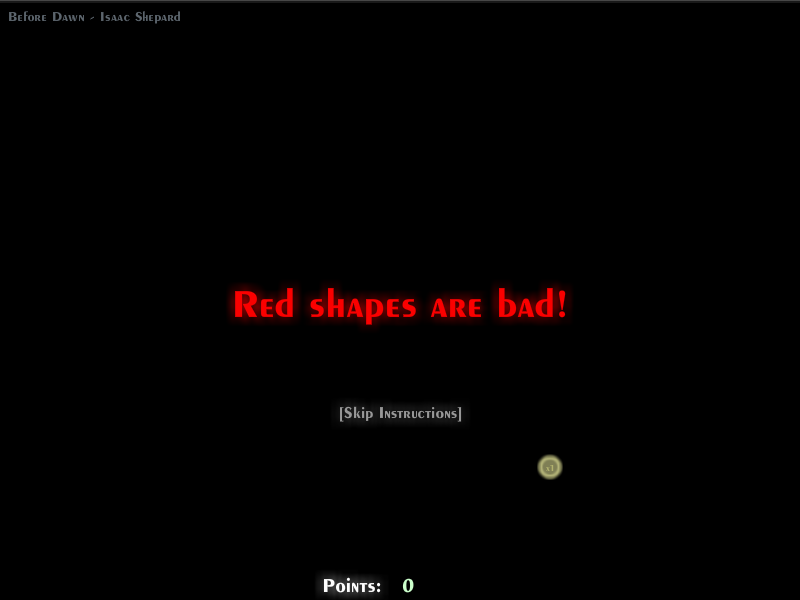Retro Replay Review
Gameplay
Music Catch delivers an elegantly simple yet deeply engaging gameplay loop built around the idea of “catching” shapes that drift across the screen in perfect synchrony with a four-minute classical piano composition. You guide a small, circular catcher using either mouse or touch input, sliding it left and right to intercept green and blue shapes—each worth base points—while maintaining constant awareness of dynamically appearing yellow, red, and purple shapes. Yellow shapes boost your score multiplier, red shapes penalize you by reducing it, and purple shapes act as powerful “magnets,” drawing in every nearby positive shape to help you maximize your tally. This straightforward premise belies a surprisingly strategic depth: managing multipliers, prioritizing targets, and avoiding hazards all at once makes every run feel fresh.
(HEY YOU!! We hope you enjoy! We try not to run ads. So basically, this is a very expensive hobby running this site. Please consider joining us for updates, forums, and more. Network w/ us to make some cash or friends while retro gaming, and you can win some free retro games for posting. Okay, carry on 👍)
As the piano piece progresses, the gameplay intensity scales harmoniously with the music’s rhythm and complexity. Early bars are sparse and laid-back, granting you time to learn the timing and pacing. But as the melody crescendos, more and larger shapes flood the field, demanding lightning-quick reflexes and split-second decision-making. This ebb and flow create tension peaks that not only challenge your dexterity but also heighten your emotional investment—each successful catch feels triumphant, each slip-up a small defeat that urges you to start again and improve.
Controls are razor-sharp, with virtually no input lag, which is crucial given how fast the action can become. The interface is minimal: your score, current multiplier, and a subtle waveform visualizer at the top of the screen that pulses along with the piano track. This clean design keeps your focus squarely on the shapes and the music. High-score leaderboards, combined with the game’s quick restart capability, make Music Catch supremely replayable. Whether you’ve got a few minutes or an hour, each playthrough feels meaningful as you chase personal bests.
Graphics
Visually, Music Catch opts for a crisply minimalist aesthetic that centers on simple geometric shapes and bold colors. Green and blue forms dominate the canvas at first, allowing your eyes to track them easily, while the occasional bright yellow, ominous red, and rare purple shapes provide immediate visual cues for risk and reward. This restrained palette ensures clarity, even when dozens of shapes swirl on screen during the musical climax. There’s never any confusion about which shapes to catch or avoid.
Animations are fluid and responsive, with each shape following smooth, curved trajectories that feel organic and almost dance-like. As the piano intensifies, the shapes not only increase in number but also in size—an intuitive visual shorthand that tells you exactly how demanding the moment is. When you snag a purple shape, the dramatic expansion of your catcher and the cascading attractor effect are visually satisfying, imparting a real sense of power and progression.
Background elements are intentionally understated—a faint radial gradient or a subtle particle field—so they never distract from the core action. The minimal UI elements, such as score and multiplier readouts, fade gently when not in use and reappear only when necessary. Even under the most hectic conditions, the screen remains legible, avoiding the visual clutter that can undermine other rhythm or arcade titles. Overall, the graphics amplify the game’s hypnotic quality rather than compete with it.
Story
Music Catch forgoes a traditional narrative in favor of an abstract, music-driven journey. There are no characters, cutscenes, or branching dialogue trees—just you, your catcher, and a mesmerizing piano composition. In this simplicity, however, lies a subtle form of storytelling: the shapes and their movement patterns become characters in their own right, reacting to the emotional peaks and valleys of the music. As you chase them down, you’re not just scoring points—you’re participating in a kinetic ballet.
The game’s four-minute piano piece unfolds like a short story, beginning with gentle, sparse notes and gradually building to a rich, complex finale. In a way, the progression of shapes mirrors a narrative arc: an introduction that eases you in, a rising tension that tests your skills, a climactic crescendo that demands mastery, and a denouement as the music winds down. Even without words or plot, you experience a sense of journey—from calm focus through exhilarating exertion to peaceful resolution.
Because there’s no prescriptive storyline, Music Catch invites personal interpretation. Players often project their own meanings onto the interplay of shapes and sounds—some see it as a metaphor for balancing order and chaos, others as a meditative exercise in rhythm and timing. This openness to imagination transforms each play session into a unique, introspective journey rather than just another high-score chase.
Overall Experience
Music Catch shines as a compact, mesmerizing arcade-style rhythm game that marries simple controls with a rich, music-driven challenge. Its core loop—catch green and blue shapes, boost your score with yellows, avoid reds, and unleash the purple magnets—feels instantly intuitive, yet mastering the art of multiplier management and shape prioritization offers long-term depth. The seamless synchronization between audio and gameplay turns every session into an immersive sensory experience.
This title will especially appeal to fans of minimalist rhythm games and anyone seeking a quick yet absorbing gameplay session. The single, four-minute piano track may seem like a limitation, but the dynamic difficulty curve and endless high-score pursuits ensure that no two runs feel the same. Casual gamers looking for a stress-relieving diversion and hardcore score-chasers aiming to top the leaderboards will both find plenty to love here.
In sum, Music Catch demonstrates how simple mechanics, elegant visuals, and a powerful musical backbone can combine to create something far greater than the sum of its parts. It’s a testament to focused design and audio-visual harmony, and it offers an addictive playground of shapes and sound that’s hard to put down. Whether you’re craving a meditative, melodic escape or a fast-paced reflex test, Music Catch delivers an experience worth catching.
 Retro Replay Retro Replay gaming reviews, news, emulation, geek stuff and more!
Retro Replay Retro Replay gaming reviews, news, emulation, geek stuff and more!









Reviews
There are no reviews yet.